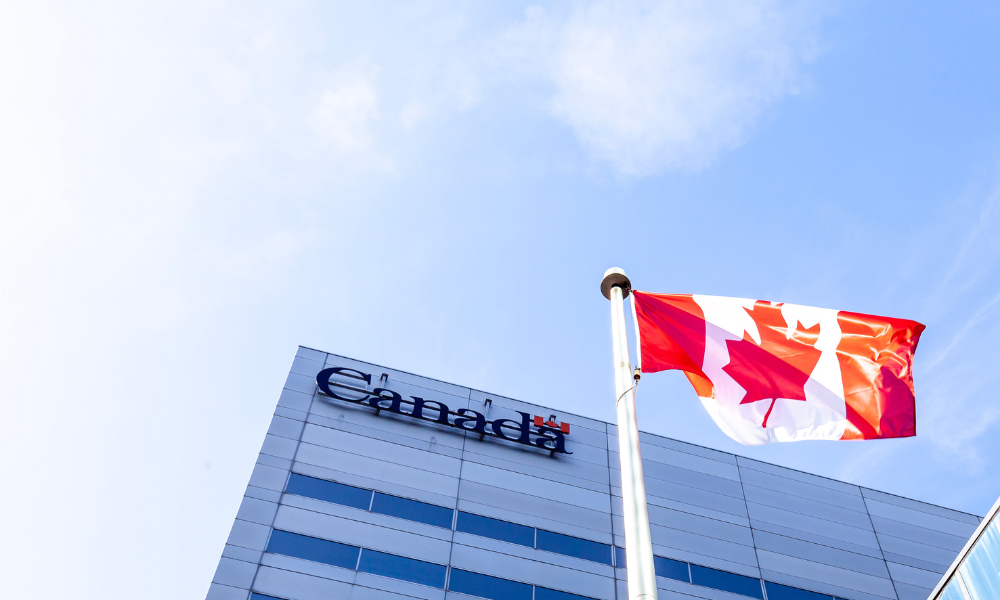A handful of strategies can help people — particularly those with partners — make the most out of this benefit

As the road of retirement gets longer for Canadians, the challenge of stretching their nest egg is becoming more formidable. That means being strategic about tapping their various benefits and sources of income — which can be easier for couples than single individuals.
Consider the strategies that couples can follow to stretch their OAS benefits. “If we start with the premise that you want to receive the most OAS possible, then you will be deferring OAS to age 70,” wrote Ted Rechtshaffen, president and wealth advisor at TriDelta Financial in a piece for the Financial Post.
He clarified that deferring OAS benefits may not be beneficial, though it’s generally advisable for those in good health who believe that they (and their partner) will live past 85 years old, and who do not have immediate cash-flow requirements for OAS funds. But if one person in a couple takes deferred OAS and the other passes away sooner than expected, the bereaved will no longer be able to split income and, depending on their assets, may have OAS clawed back.
Splitting income is advisable to maximize OAS, Rechtshaffen explained, as it would help keep both individuals’ net incomes below the $77,580 limit required to avoid OAS deductions. Those able to fully split income could therefore have total household income of $154,000 and still qualify for full OAS.
Another effective strategy is lowering taxable income using all possible tax deductions, including making use of all available RRSP contribution room. “One trick is that even if you are over 71, you can possibly make a contribution to the younger spouse’s spousal RSP account if they are under that age,” Rechtshaffen said. Interest income on loans and investment expenses should also be deducted where possible to lower taxes; those who are in the OAS clawback zone can also recover 15 cents of OAS for every dollar that’s been deducted from them.
Those who need to draw from investment funds to cover shortfalls in cash flow should also consider tapping their TFSA or non-registered assets. This is favourable over drawing extra funds from RSP, RRIF, or corporate accounts, which would incur taxable income.
There are also ways for people to maximize the tax efficiency in their non-registered accounts by lowering their taxable investment income. That means focusing on ETFs and growth stocks, as opposed to stocks with large dividend distributions. Certain ETFs are constructed specifically not to distribute income; certain REITs are structured to provide decent yields as return of capital rather than income.
“One last thought is to either gift some of these assets to adult children if you won’t need them in your lifetime, or invest them in an insurance policy that will likely have a much higher after-tax return for your estate,” Rechtshaffen said.
Finally, he suggested that people draw from their RRSP earlier, which would allow them to draw from their CPP and OAS at 70 years old rather than 65. Those who can claim unrealized capital gains on a second property or other investments might also want to do so before it affects OAS clawbacks.
“It is important to keep in mind that these strategies will all be beneficial to maximizing OAS, but still may not be the right strategy overall for you,” Rechtshaffen said.
Follow WP on Facebook, LinkedIn and Twitter



